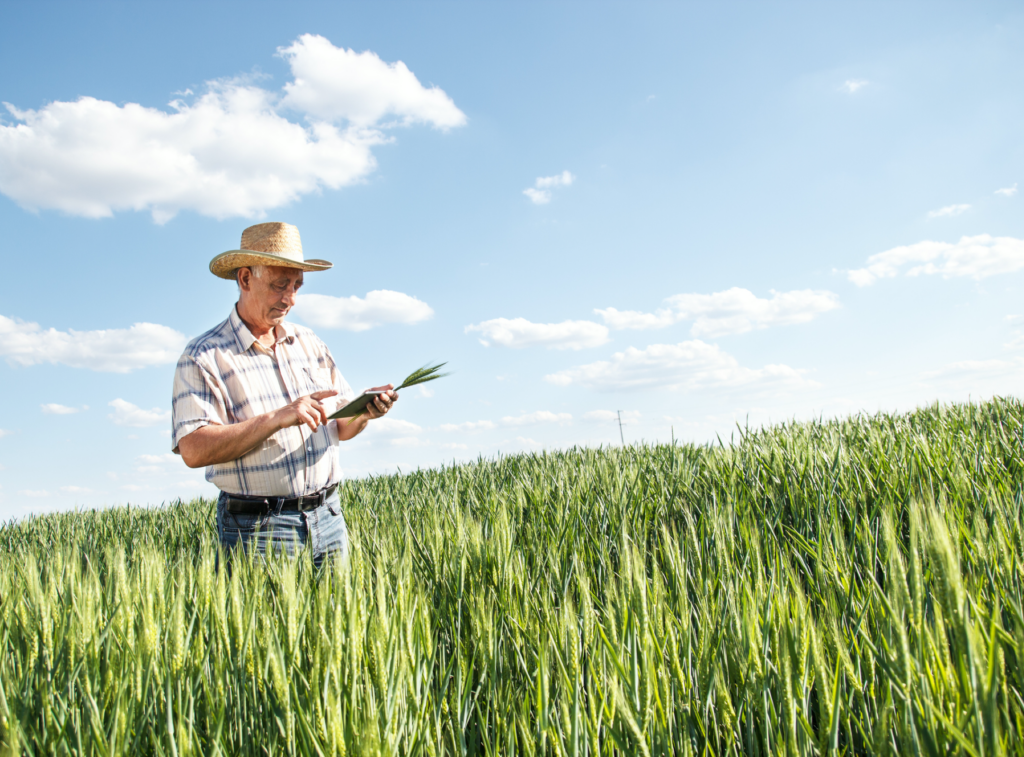How Do Farmers Benefit?
Transition Your Farm for Economic and Ecological Prosperity
How Do Farmers Get Paid for Carbon Capture?
For every acre of farmland, there exists an open-market exchange for “credits” of carbon. Through both private and federal funding, farmers are paid for the credit that their land generates. Currently, the biggest producers of GHG’s come from petroleum and coal combustion for energy. These producers participate in the funding of carbon credits by “buying back” their negative contribution. This means that Farmers that implement regenerative practices can maximize carbon draw down for each acre. This can increases the tonnage of carbon draw down and the farmer is able to be paid for the carbon credit. The market for this ton of Carbon is exchanged in an open system which values the carbon by tonnage. Carbon was between $1 to $5 per ton in 2009 but since the Biden Administration has mandated the reduction of emissions, it’s now estimated at between $10 and $16 per ton.
Calculate Your Return
Contact us to learn how you can leverage carbon capture initiatives to earn income while contributing to a healthier planet. Carbon capture and storage (CCS) is a crucial strategy in combating climate change, and farmers play a vital role in this effort.


